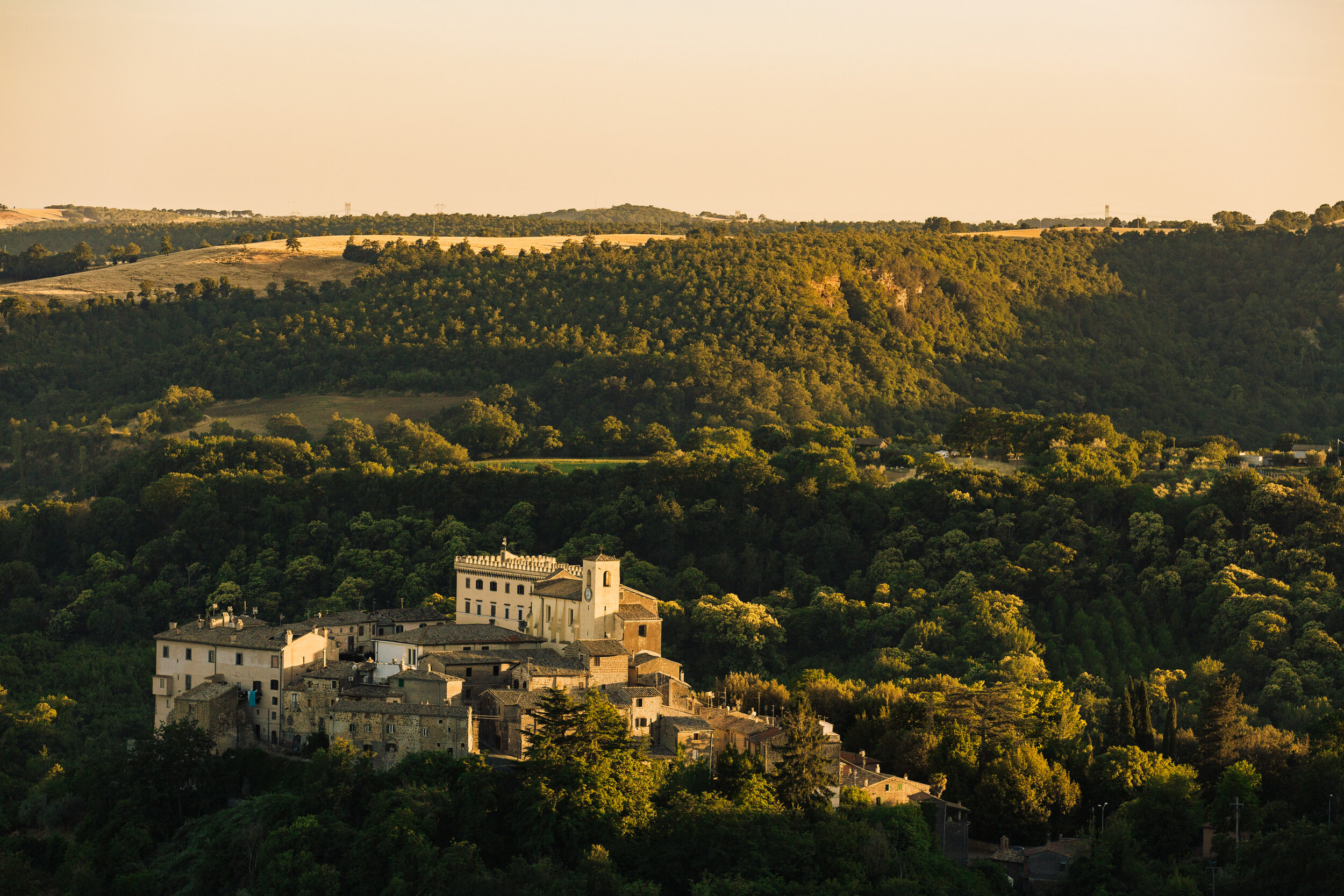Why Tuscia?
You would be hard pressed to find a location in Italy where there wasn’t something to love.
Rome — ancient, modern, vivacious!
Florence — cultured, noble, magnificent!
Venice — romantic, extraordinary, elegant!
Tuscany — rural, pristine, colorful!
Travelers are often unaware of the special area between Rome and Florence called Tuscia.
In conversation when I mention Tuscia, a frequent response is, “What is Tuscia? I’ve never heard of it.”
Precisely, one of the reasons we love it.
What is Tuscia? (pronounced tus-sha)
In a nutshell, Tuscia is an historical region situated at a meeting point between northern Lazio, Umbria, and Tuscany in central Italy.
(I will spare you a complicated treatise on the difference between a Province, a Region with a capital ‘R’ and a region with a lower-case ‘r’ in order to share with you why we love Tuscia.)
Why the Etruscans loved it.
When mentioning the Etruscans I often receive a similar response to the one above regarding Tuscia.
“Who were the Etruscans? I’ve never heard of them”
Don’t feel bad, unless you have lived in Italy or studied its history you may not know much about these intriguing people and their civilization. When they were conquered by Rome their culture and history were destroyed so that all we know about them comes from what was left, primarily their art and tools discovered in catacombs.
Tuscia is the southern part of the Etruria region where the Etruscans hung out between the 8th and 3rd centuries B.C.
And with good reason.
The rich volcanic earth was perfect for farming. The rolling hills were a superb environment for olives, vineyards and nut trees. They also contained a bounty of minerals and metals for making tools and sculptures of iron, copper, and bronze.
The land also lies between the Tiber and Arno rivers sloping down to the Mediterranean Sea allowing the Etruscans easy access for trading their pottery, olives, grain, pine nuts, and wine with the greater world.
(To dive deeper into the history of Tuscia, we recommend Mark Cartwright's history of the Etruscans )
Why we love it.
The earth itself is unchanged. It remains perfect for farming. The hilly landscape is a naturally thriving environment for the sensational olives, wine, hazelnuts and cherries grown there. The wealth of fresh food makes it easy for Italian Village Works to revel in a farm-to-table experience with Guests!
Artisans still work with metals from the earth to fashion one-of-a-kind gates, handrails, sculptures, door knockers and tools. Enchanting pottery and wood crafting of all kinds are still created and used daily. Though modern ways of production have crept in, the traditional methods of producing wine, olive oil, cheese and food linger. Italian Village Works is privileged to collaborate with the local people to carry on the time-honored practices of Tuscia.
Tuscia is home to Lago Bolsena, the largest volcanic lake in all of Europe. The lake is surrounded by protected land and hosts four small towns for eating and strolling. There’s nothing like descending from the hilltop to a view of its blue water and black sand. The water is soft and cool on a hot summer day and families play and relax on its shores.
We also love the natural hot springs in Tuscia. You just cannot remain stressed lounging in the warm mineral waters, and your muscles will thank you. We can only imagine that the Etruscans felt the same.
There is a multitude of archaeological treasure left over from those mysterious Etruscans in museums, cultural sites, and tucked into the land itself. History has carried on since their time in this area and old cities and towns such as Viterbo, Civita di Bagnoregio, Tarquinia, Tuscania, Montefiascone and Aquapendente to name a few, are treasure troves of history and culture.
We love Tuscia not only for the stunning scenery, the heavenly food, and the plentiful history. We love the people too.
Pietro







